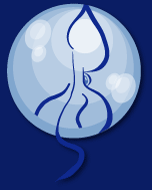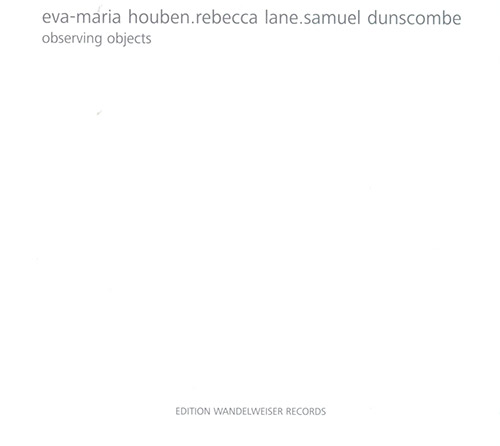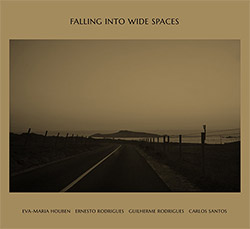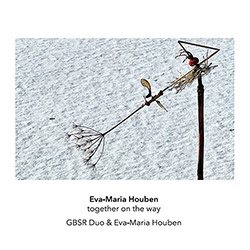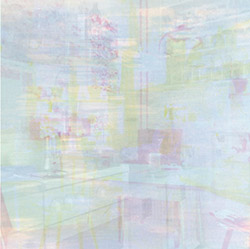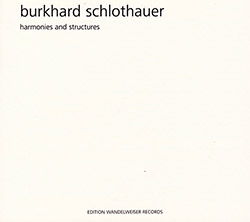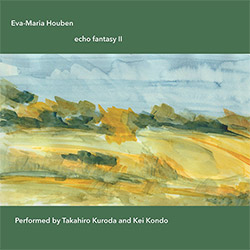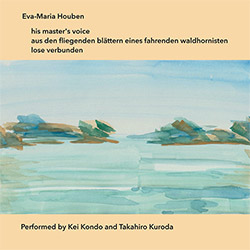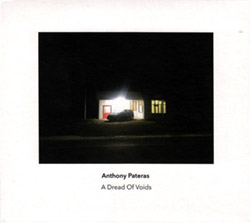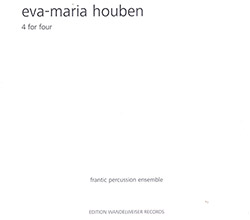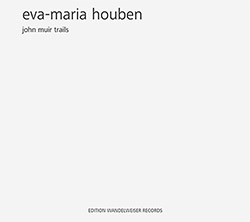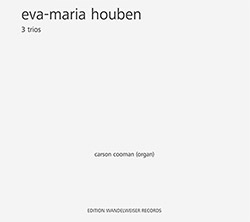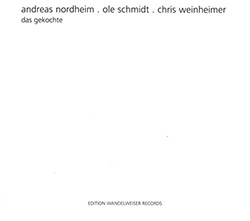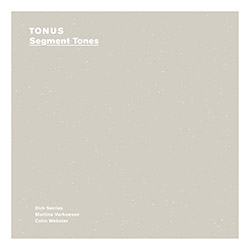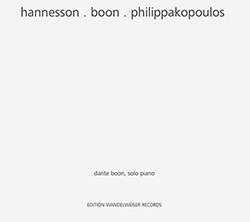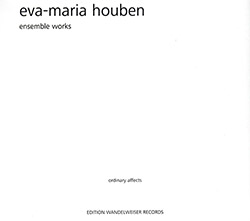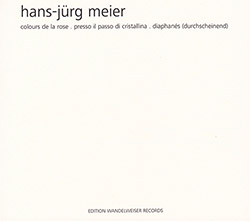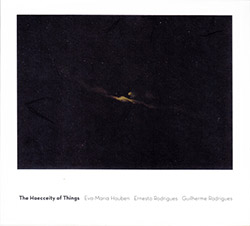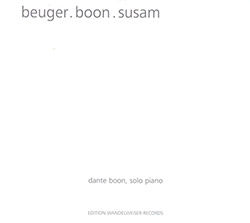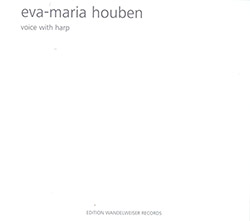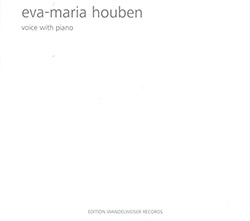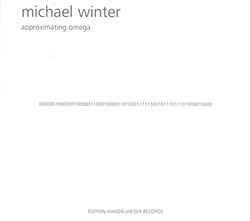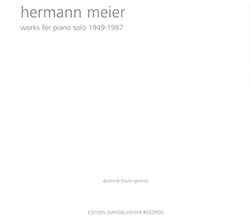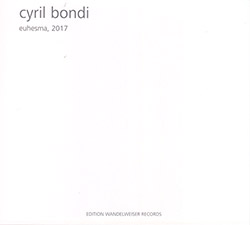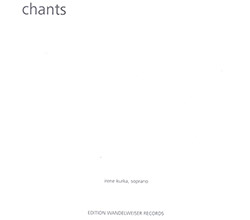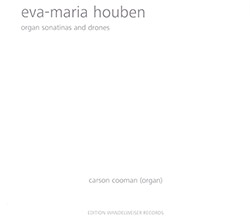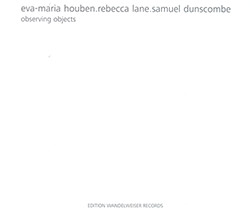
Composer Eva-Maria Houben in a collaborative work with bass flutist Rebecca Lane and bass clarinetist Samuel Dunscomb, the composer performing on piano and orgran, for two renderings of "Observing Objects", a patient work of long notes and tones interspersed with silence, lower registers in the winds balanced by the piano or organ's upper register.
In Stock
Quantity in Basket: None
Log In to use our Wish List
Shipping Weight: 2.00 units
Sample The Album:
Samuel Dunscombe-bass clarinet
Rebecca Lane-bass flute
Eva-Maria Houben-piano, organ
Click an artist name above to see in-stock items for that artist.
UPC: 4011778040934
Label: Edition Wandelweiser Records
Catalog ID: EWR 1717
Squidco Product Code: 25293
Format: CD
Condition: New
Released: 2017
Country: Germany
Packaging: Cardboard Gatefold 3 Panels
Recorded in Krefeld, Germany, on May 27th and 28th, 2017, by Samuel Dunscombe.
"As much as I love it, I generally find it very difficult to write about Eva-Maria Houben's music. There's an apparent simplicity about it that's air-like; how to describe air currents?
It's also not easy to keep up with her output. Discogs lists 46 releases and I imagine they're missing a few; I have 28 of these and still have a distinct feeling I'm getting a somewhat blurry reading on the real breadth of her work. I'll try to briefly limn the parameters of four recent recordings, knowing most of it will evade any even semi-reasonable description.
In fact, the first listed of the releases appears to be a joint project, possibly a collaborative composition by Houben, Rebecca Lane and Samuel Dunscombe playing, respectively, organ/piano, bass flute and bass clarinet. The piece, 'observing objects', is played twice, once with organ, once with piano. It consists of sets of long, overlapping notes (the bass instruments tending toward the low, the organ varying higher and lower pitches) interspersed with silences, though the latter are filled with the ambient sounds of the recording space. If there's a regular pattern with regard to the entrances and durations of the tones, I can't discern it. As with much of Houben's music (and, perhaps, with that of Lane and Dunscombe), one has the vivid impression of human breathing--not regular, in this case, but within the normal boundaries of inhalation and exhalation. The irregularity of the sequencing imparts an inference of sensual and/or intellectual preoccupation, as though the musicians' attention is gently moving from object to object, observing them and giving a commentary that has been reduced to a single tone. The lines are pure and beautiful in and of themselves and become more so, and gain stunning complexity, when they happen to overlay one another, like looking through translucent panels of colored glass that generate unexpected hues. Difficult to describe, very easy and satisfying to experience. Though the structure remains at least roughly the same for the second version (though the silences seem longer--one hears birds just outside) the initial sharpness of the piano attacks and their decay makes for a very different, no less invigorating experience. It's a stunning recording."-Brian Olewnick, Just Outside
Get additional information at Brian Olewnick's Just Outside
Artist Biographies
• Show Bio for Rebecca Lane Rebecca Lane is a flute and bass flute performer from Melbourne who is currently based in Berlin. ^ Hide Bio for Rebecca Lane • Show Bio for Eva-Maria Houben "Eva-Maria Houben (born 1955) studied Music Education at Folkwang-Musikhochschule Essen and the organ with Gisbert Schneider. Following her exams she taught both German and Music Education at Secondary School. She received her doctorate and postdoctoral lecturing qualification in musicology and was called for lectures at Gerhard-Mercator-Universität Duisburg and Robert-Schumann-Hochschule Düsseldorf. Since 1993 Professor Houben has been lecturing at Dortmund University`s "Institut für Musik und Musikwissenschaft", with both music theory and contemporary music as her focus. Up to now many books were published, concerning contemporary music, contemporary composers and traditional music, listened to with 'new ears'. Eva-Maria Houben has been performing works for the organ for more than 30 years. As she is related to the "wandelweiser-group" of composers, her compositions are published by "edition wandelweiser", Haan. Her list of compositions up to now includes works for the organ, piano, clarinet, trombone, violoncello and other solo instruments, works for voice and piano, for wind and chamber ensembles, for orchestra and for voice and orchestra, works for choir (www.wandelweiser.de). She publishes on subjects of contemporary music (Steiner, PFAU, Edition Howeg, bis-label Oldenburg)." ^ Hide Bio for Eva-Maria Houben
Have a better biography or biography source? Please Contact Us so that we can update this biography.
4/10/2024
Have a better biography or biography source? Please Contact Us so that we can update this biography.
Track Listing:
1. Observing Objects (Bass Flute, Bass Clarinet, Organ) 28:18
2. Observing Objects (Bass Flute, Bass Clarinet, Piano) 29:12
Compositional Forms
European Improvisation, Composition and Experimental Forms
Trio Recordings
Woodwinds
Piano & Keyboards
New in Compositional Music
Search for other titles on the label:
Edition Wandelweiser Records.
